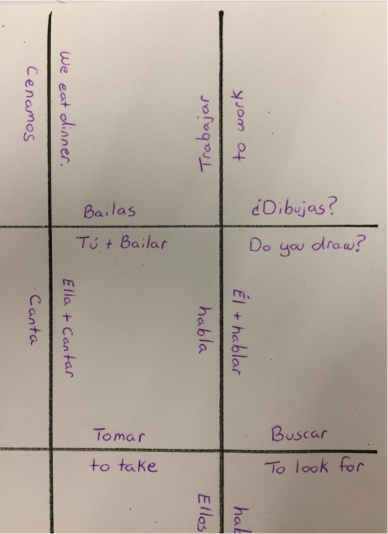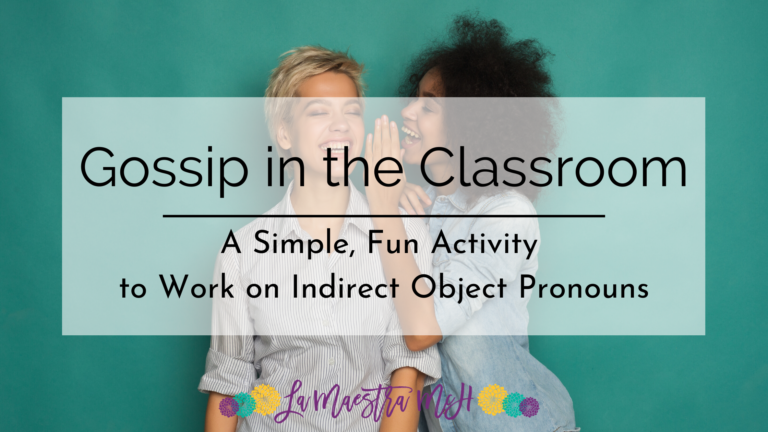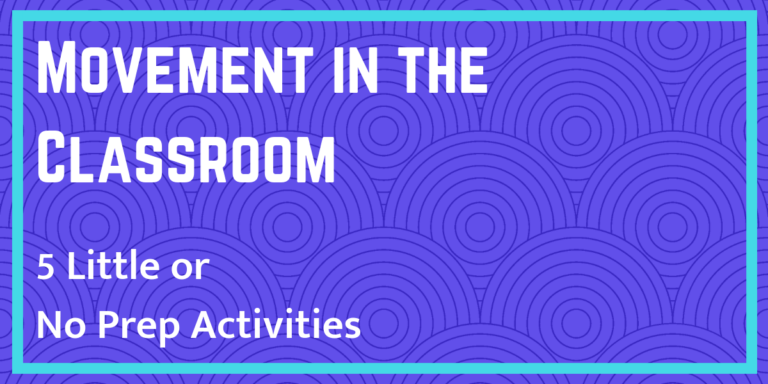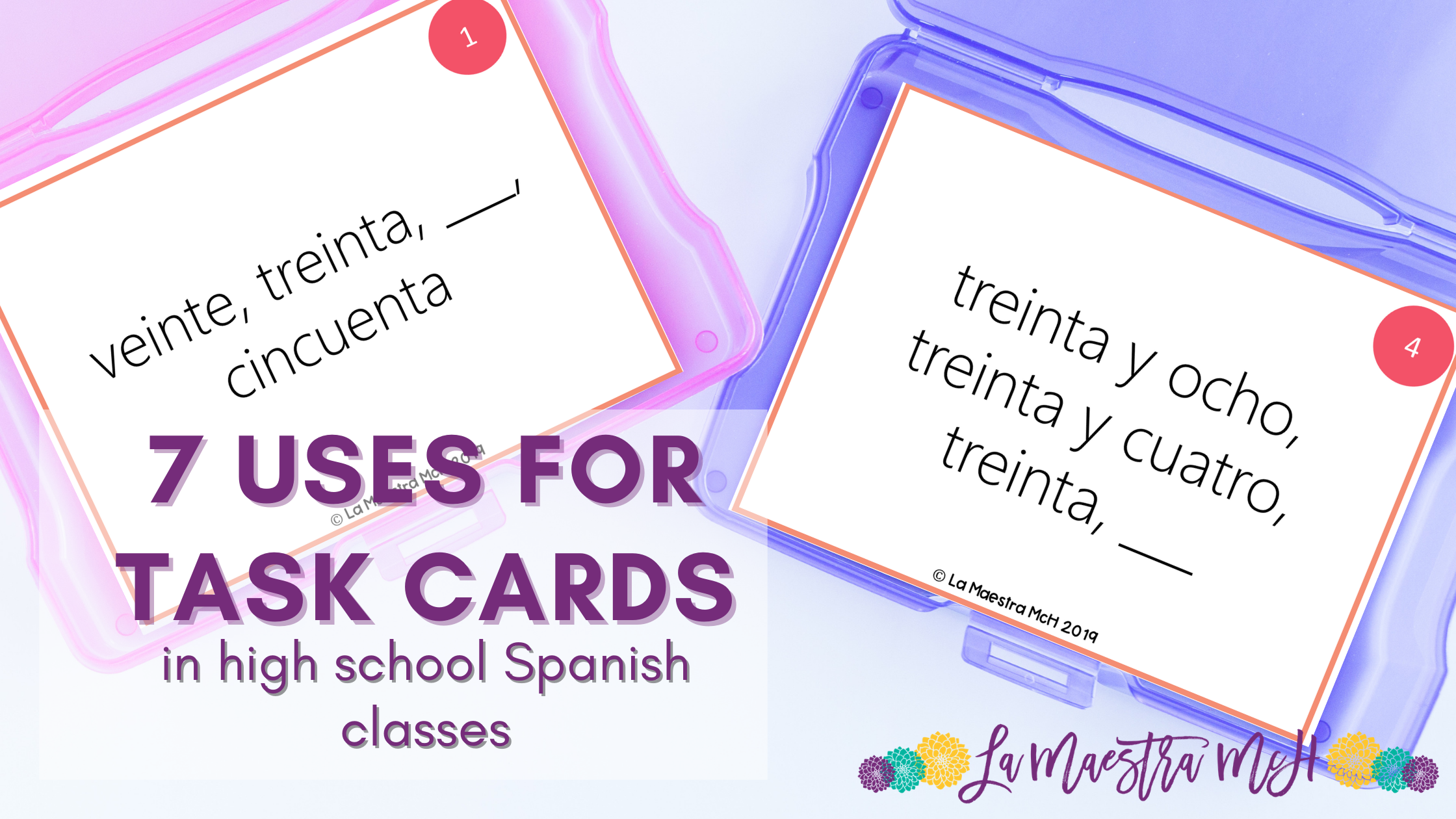Scavenger Hunts & Puzzles
Today Spanish 1 did two of my favorite activities. I teach 90 minute classes so movement is important.
Verb Scavenger Hunt: The first activity students did was a verb scavenger hunt. I first came across this activity from Miss Señorita’s TPT store. Hang signs around the room. Each student starts at a different sign. They conjugate the subject/verb pair in front of them and look for that conjugated verb around the room on another sign which gives them another subject/verb pair to conjugate. If done correctly, students make a circle and end up where they started. It’s a great way to practice conjugation AND get students moving. One key to success: make sure the verbs aren’t hung around the room in order so students walk in a circle. You want them to be moving and criss-crossing across the room.
Here’s a scavenger hunt I put together based on Señor Wooly’s “No voy a levantarme”.
Puzzles: Students also made puzzles today using a VERY simple template. I give them a plain white sheet of paper divided into 16 rectangles. Students write a “question” on each line, excluding the borders. Leaving the borders blank makes the puzzles easier to reconstruct. As students become more familiar with the language and this activity, we will fill in the borders to make it more difficult. We are focusing on common -ar verbs and conjugating -ar verbs so I had students write three types of pairs:
1) Spanish Infinitive & English Infinitive (Bailar – To dance)
2) Pronoun/Infinitive & Conjugated Form (Ellos + Bailar – bailan)
3) Conjugated Spanish Verb & English Meaning (Bailamos – We dance)

Students then cut the puzzle apart along the lines and put them back together. It seems simple but once cut apart is more of a challenge than students expect. Students put their puzzle together and when finished, get up and move to another student’s puzzle. This is the movement component. I also love the physical manipulation of puzzle pieces. In a time that pushes technology, this is a fun change of pace.
Other uses for puzzles?
- Character & description. Examples from Señor Wooly’s “Billy la bufanda”: Billy / Es verde y azul. Lleva lentes. Gorro / Es pequeño, anaranjado y simpático.
- Prepositions of location: Item in classroom/description of location. El reloj / Está al lado de la ventana. Es negro y blanco.
The scavenger hunt requires a bit of prep in that you need to hang signs around the room. Students can help with this! Give each kid a sign and have them randomly hang them. Puzzles are a great hands off activity and great for sub days once students know the process. Enjoy!













2 Comments